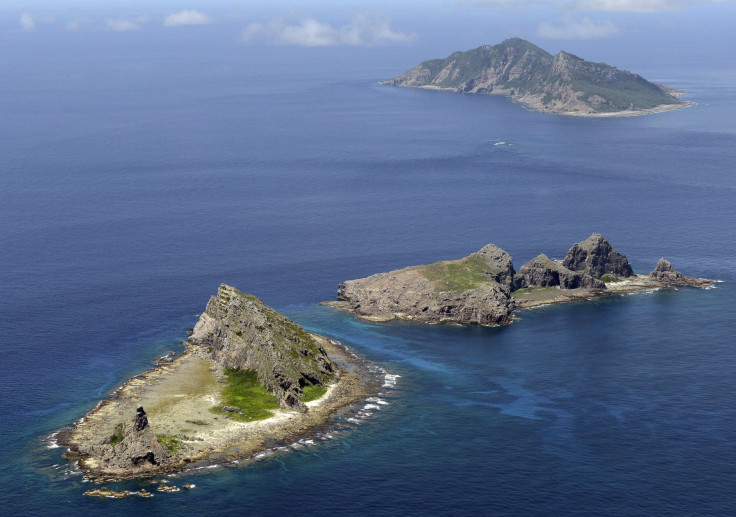China Shifts Maritime Pressure To Japan And East China Sea With Record Intrusions This Year

- Japan's Coast Guard says Chinese vessles entered its exclusive economic zone over 1,000 times this year
- China says the Senkakus islands have been an integral part of its territory since ancient times
- Fishing cooperatives in Okinawa say they were forced away from waters due to Chinese patrols
Japan’s Coast Guard has produced data claiming that Chinese government ships and other vessels have entered Japanese exclusive waters over 1,000 times this year. This is an 80% increase over 2018 and far more than any year since 2012 when the Chinese incursions began.
China has made aggressive moves in the South China Sea by encroaching on the exclusive economic zones (EEZs) of Vietnam and the Philippines. China desires the oil and gas reserves plus the advantageous military positioning that comes with controlling these waters. The same holds true with Japan in the East China Sea but with some added elements.
On the surface, Beijing wants Tokyo to formally acknowledge the dispute over the small, uninhabited islands, known as the Senkakus in Japan and the Diaoyus in China. They are located east of Okinawa at the halfway point between Okinawa and Taiwan. The islands are nothing more than barren rocks, but the surrounding waters hold oil and gas reserves.
China says they have been an integral part of its territory since ancient times and accuses Japan of stealing them in 1895. They have claimed that fishing boats, while armed, are merely visiting their traditional fishing grounds and denies its moves are expansionist or aggressive. Japan purchased three of the islands in 2012, which prompted a wave of anti-Japanese demonstrations and boycotts and led Beijing to step up maritime patrols.
Another element is Japanese Prime Minister Shinzo Abe who, despite the unresolved disputes, is publicly signaling a warmer relationship with Beijing. He is scheduled to make a second visit to China in a few weeks and may host Chinese President Xi Jinping on a state visit to Japan in 2020.
Abe is also playing a tightrope act by trying to improve ties with China while keeping the Japan-U.S. postwar alliance intact. Japan has been supportive of the pro-democracy protests in Hong Kong and has moved to exclude China’s Huawei Technologies from government contracts. This alone could cause some displeasure in Beijing.
He also must take care not to anger Beijing over nine Japanese citizens that are being held in China since 2015 for violating national security laws. Five other citizens that were detained have been released.
Meanwhile, fishing cooperatives in Okinawa near the islands have complained about being forced away from waters due to Chinese patrols. Some right-wing politicians have encouraged Abe to take a hard line with China in the territorial dispute.
Japan’s defense minister, in a September policy statement, said, "China is engaging in unilateral and coercive attempts to change the status quo based on its own assertions incompatible with the existing international order, and has been expanding and intensifying its military activities in maritime and aerial domains.”
The last element is that unlike the relatively poor countries in the South China Sea, this is a battle between the two largest economies in Asia. The peaceful resolution of any dispute is of interest to all of Asia and the world.
© Copyright IBTimes 2024. All rights reserved.





















